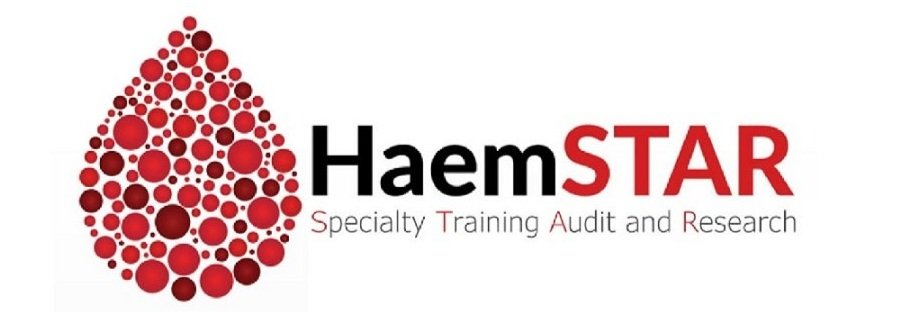Rapido and the art of remaining vigilant
According to the Medicines and Healthcare products Regulatory Agency (MHRA) pharmacovigilance is summarised in three main steps: monitoring the use of medicines in everyday practice to identify previously unrecognised adverse effects, re-assessing the risks and benefits of medicines and information sharing with healthcare professionals and patients to improve safety.
Despite the existing regulatory scrutiny before a drug receives its marketing authorisation for a specific indication, history has shown that both healthcare professionals and patients should remain vigilant and report (yellow card scheme) any suspected adverse reactions as our way of contributing to the establishment of pharmacovigilance.
But what does that really mean and what is the relevance with DOAC reversal agents and the ongoing RAPIDO audit?
The clinical evidence for the NICE approval of andexanet alfa (for major GI haemorrhage only), came from ANNEXA-4, a single-arm trial of andexanet alfa in people taking a direct factor Xa inhibitor who had an acute major bleed. The two primary outcomes in the trial were not clinical outcomes - they were 1) the change in anti-factor Xa activity and 2) haemostatic efficacy, a measure of whether bleeding had stopped which has complex definitions depending on the site of bleeding. Of course, NICE must make judgements on the cost-efficacy of new therapies and for this need data pertaining to clinical outcomes particularly survival. A propensity-matched comparison of outcomes between patients treated with andexanet alfa in ANNEXA-4 and prothrombin complex concentrate in the UK observational ORANGE registry study suggested a benefit. Further, patients with GI haemorrhage in ANNEXA-4 were reported to have better outcomes than their Rockall scores would have predicted. Nevertheless, these non-randomised comparisons are at high risk of bias.
The ANNEXA-I study which has compared andexanet alfa against standard of care for intracranial haemorrhage will report very soon and will provide evidence as to the best approach. Nevertheless, the aim of RAPIDO is to provide real-world data on the use and outcomes of patients who received adnexanet, idarucizumab or PCC when emergency anticoagulation reversal is required. Primarily, the intention is to check that these agents are being appropriately used - in patients with major, life-threatening bleeding. This real world data will provide patient demographics, timings, dosages and adverse events recorded from several hospitals throughout the UK. Although RAPIDO is not designed to recapitulate a randomised controlled trial, there are elements of natural experiment which will make drawing causal inference from these observational data less prone to bias than indirect comparisons. This is particularly important for patients who have bleeding at sites that are not intracranial and those who are older, more comorbid, and sicker, who would not have been included in the prospective trials. Our data should tell us how representative the trials are of the patients who are receiving these therapies which is valuable information.
Most importantly, by involving us, the (not so junior) junior doctors in the data collection process, RAPIDO is a call for everyone to remain vigilant in the storm of clinical trial data, information overload and NHS crises that we currently experience.
And if medicine is an art, it could be the art of remaining vigilant.

